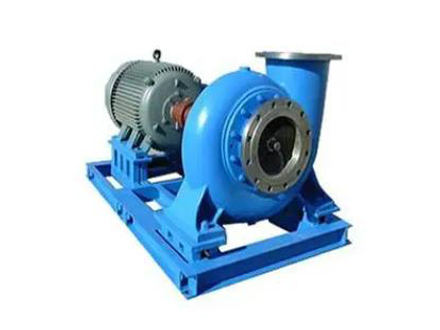
Preventing corrosion pump involves implementing various measures to protect the pump and its components from the damaging effects of corrosion.
Choose materials for pump construction that are corrosion-resistant. Materials such as stainless steel, corrosion-resistant alloys, or coatings like epoxy can help mitigate corrosion.
Apply protective coatings on the pump surfaces to create a barrier against corrosive agents. Common coatings include epoxy, enamel, or other corrosion-resistant paints.
Implement cathodic protection techniques, such as sacrificial anodes or impressed current systems, to divert corrosive attacks away from the pump's metal surfaces.
Add corrosion inhibitors to the pumped fluid to reduce the corrosive effects. These inhibitors form a protective layer on metal surfaces, preventing corrosion.
Conduct regular inspections of the pump and its components to identify signs of corrosion early. Prompt repairs and maintenance can prevent corrosion from spreading.
Ensure the pump is installed correctly and follows industry standards. Proper installation minimizes exposure to corrosive environments and reduces the risk of corrosion-related issues.
Ensure that the pump's materials are compatible with the fluids being pumped. Incompatible materials can accelerate corrosion. Consider factors such as pH, temperature, and chemical composition.
Minimize the frequency of starting and stopping the pump, as cyclic operation can contribute to corrosion. Continuous operation may be preferable in certain situations.
Use proper sealing materials and gaskets to prevent corrosive fluids from penetrating the pump and causing damage to internal components.
Design the pump system to allow for proper drainage and ventilation to prevent the accumulation of moisture, which can contribute to corrosion.
Monitor and control environmental conditions, such as humidity and temperature, to create an environment less conducive to corrosion.
Use lubricants that are specifically designed to resist corrosion in the pump's moving parts.
Implementing a combination of these preventive measures based on the specific operating conditions and the type of pump can significantly extend the lifespan of the pump and reduce the likelihood of corrosion-related issues.

Copyright © 2023 Hongzheng Pump Industry (Jiangsu) Co., Ltd. - Stainless Steel Centrifugal Pump, Chemical Pump, Metering Pump - All Rights Reserved.